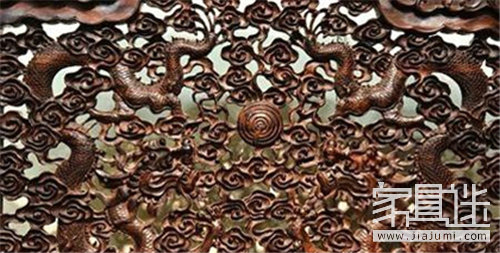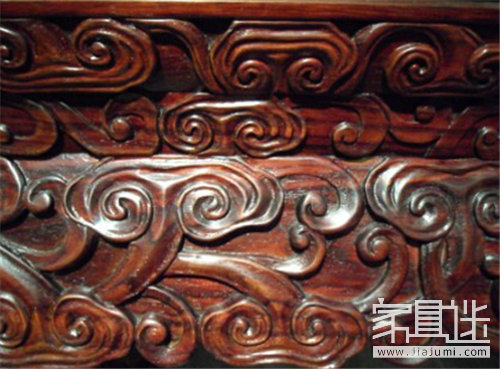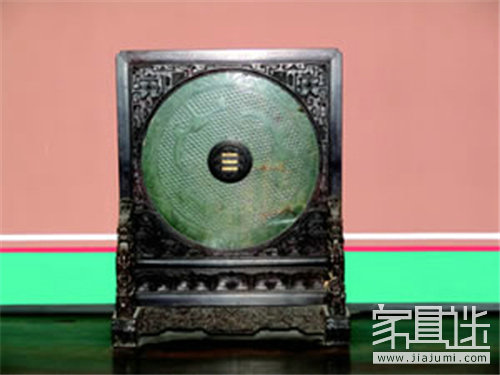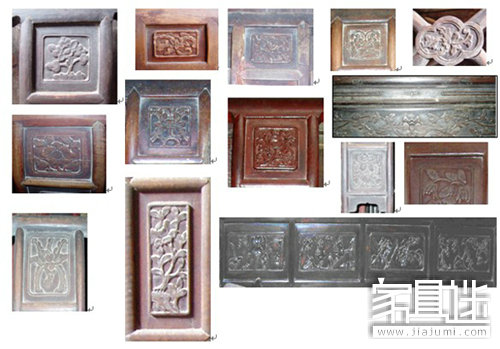Ming-style furniture carving is a remarkable form of Chinese sculptural art that reflects the aesthetic and cultural values of its time. The carvings cover a wide range of themes, including landscapes, figures, animals, mythical creatures, floral motifs, ancient artifacts, Western patterns, and auspicious symbols. These elements are rich in meaning and visual appeal, making Ming-style furniture not just functional but also deeply artistic. Why not take a closer look at one of these masterpieces?

If you examine these carvings closely, you'll notice that they follow certain artistic principles. Among the most common are four major categories:
**(1) Birds and Beasts:**
This category includes dragons, phoenixes, cranes, deer, and other symbolic creatures. Dragons, in particular, hold deep cultural significance as the totem of the Chinese nation. They represent power, strength, and imperial authority. During the feudal era, dragon motifs were reserved for royal furniture. Phoenixes, known as the "king of birds," symbolize peace and prosperity. The depiction of these creatures in Ming-style carvings often reflects the grandeur and elegance seen in ancient stone carvings and bronze works from earlier dynasties.

**(2) Auspicious Flowers and Figures:**
These designs feature peonies, lotus flowers, plum blossoms, and other traditional motifs. The use of floral patterns has a long history in Chinese art, evolving over centuries to reflect changing tastes and styles. In Ming furniture, these patterns are vibrant, full, and expressive, embodying a sense of luxury and boldness. Additionally, some carvings include narrative scenes with human figures, telling stories or conveying moral lessons through visual storytelling.

**(3) Antique Ornaments:**
Inspired by ancient artifacts such as jade and bronze, this style was especially popular during the late Ming and early Qing periods. The trend of collecting and imitating ancient objects influenced many aspects of design, including furniture. Carvings of antique items often showcase meticulous craftsmanship and a refined artistic vision, reflecting a deep appreciation for historical aesthetics.
**Related Reading:** The story of Ming style furniture and Ming Dynasty furniture

**(4) Western Motifs:**
During the reign of Emperor Kangxi, Western artists and craftsmen were brought into the imperial court, influencing Chinese art and design. This period saw the introduction of Western decorative elements, such as the passionflower, which became a popular motif in Ming-style furniture. Unlike the more structured peony, the passionflower is often stylized and more fluid, showing a unique blend of Eastern and Western artistic sensibilities.
Understanding the essence of Ming-style furniture carving reveals its deep roots in traditional Chinese art. It not only showcases the opulence of the imperial court but also reflects the refined tastes of scholars and the aspirations of the common people for peace and happiness. Each carving tells a story, blending beauty, symbolism, and cultural heritage into a timeless art form.
We are manufacturer and supplier of Stainless Steel Egg Holder,Stainless Steel Egg Stand,Egg Mugs,Boiled Egg Holder,Eggcup. And we located in Jiangmen, Guangdong, China. If any interested, please contact us for free.
Egg Holder,Stainless Steel Egg Stand,Egg Mugs,Boiled Egg Holder,Eggcup
Jiangmen Xinhui Zhancha Metal Products Co,. Ltd. , https://www.zchardware.com